- Home
- Bookkeeping Basics
Bookkeeping Basics
These bookkeeping basics will get you tracking income, expenses, profits and paperwork the right way.
Click above button to get our most popular Excel Template for easy bookkeeping! It's free.
Learn to setup and manage your own business accounts and what is required to balance your books - from banking and software to financial reports, here are the steps and procedures.
You will also learn about the fundamentals of bookkeeping (cashbooks, ledgers and journals).
Not every type of business will require every type of procedure.
For example, an online blog might only earn income from affiliate commissions which do not require the process of sales invoicing, so will not require Accounts Receivable procedures.
Read below to see how basic bookkeeping procedures fit in with the day to day running of a handy-man business using the "real" life scenario of Mike and Carli (fictional characters) in the storyboard below.
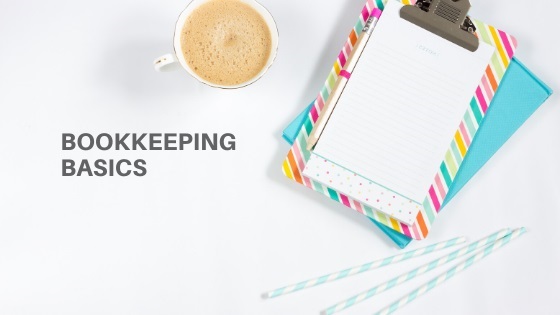
Basics of Bookkeeping for Small Business
Mike had a knack for fixing things so he started a small handy-person business.
Mike knew that paperwork was not his thing so he persuaded his wife Carli to take care of the bookkeeping basics because paperwork was her strength.
Carli knew that they were going to need some assistance along the way to get the right systems into place.
She turned to a reliable website called Beginner-Bookkeeping.com to guide them in the right direction...!
...and read up on some important background information such as:-
Day to Day office Procedures
bank accounts
Mike and Carli met with their bank representative to get the right types of bank accounts set up for the business.
Filing System
Carli set up an organised filing system to keep the piles of papers on the desk to a minimum, as well as keeping a computer filing system.
Bookkeeping Software
Carli investigated what software would be best for them to use and selected the one that was right for their business needs.
Getting to know the software and understanding the fundamentals of stuff like double-entry bookkeeping and ledgers and journals took some time but Carli persevered.
Home Office Expenses
Having an office at home meant that they could claim home office expenses at the end of the tax year so Carli kept a readily available folder of the ones that could be claimed.
Sales Invoices and Collecting What’s Owed
With their new venture under way, the first thing Carli did was to give Mike a notebook to record the time labored for each customer with the description of the work performed.
There were materials Mike had to buy to complete the jobs such as nails and timber and paint.
Whenever Mike bought these items he wrote the name of the customer on the receipt/invoice so Carli knew which customer to on-charge the costs to.
As soon as a job was complete Mike gave Carli a copy of the details from his notebook and Carli produced a sales invoice ensuring to include the markup prices on items Mike had purchased.
Carli printed the sales invoices, checked them carefully, and posted or emailed them out, placing copies into their organised filing system.
Sometimes, a customer would phone in and order parts only.
Carli would arrange for the parts to be delivered to the customer with a delivery docket.
A few days later, she would prepare the sales invoice and email it to the customer.
At the end of the month, if any customers still owed money, she would send a statement of account to them.
Carli kept a sharp eye on customer payments to be sure to maintain efficient accounts receivable procedures...
...unfortunately, not every customer paid on time but Carli had a print out of accounts receivable collection tips which gave them some good pointers on how to go about the not so pleasant task of chasing down the money.
They were well on their way to getting a good grip on bookkeeping basics.
Try the Accounts Receivable template in Excel or get the simple printable form below.
Bills and Expenses
Mike did not use the bank card to buy everything needed to complete jobs, neither did Carli when buying supplies for the office.
They opened a few trading accounts with vendors and suppliers and would add purchases to those accounts through the month which they only had to pay at the end of the month.
This meant that they had to understand Accounts Payable Procedures so they didn’t fall behind on payments and have their trading accounts suspended or closed.
They also kept handy some small change for feeding to parking meters when they had to visit town, or for posting a letter when their stash of stamps ran out.
Carli got some cash from the bank, placed it in a locking cash box and set up a petty cash log.
Reconciling the Bank Account
At the end of the month
they received a bank statement showing all transactions for that month.
To ensure the bank account and cash book matched each other Carli performed a bank statement reconciliation...
and from this discovered that Mike was having a few too many coffee
breaks at the local café which they were going to have to talk about...
Reports
The software that they used produced some interesting financial reports such as the Income Statement and Balance Sheet. Carli learned how to read them to be able to explain to Mike how their small business was doing and if they had to change any systems to improve cash flow.
End of Year Bookkeeping
At the end of the financial year, Carli was able to do these important year-end checks to get their bookkeeping system as complete as possible for the whole year before their Accountant prepared their financial statements and income tax calculations.
The End of Bookkeeping Basics....?
The above systems are all essential to bookkeeping basics, but are not limited to these few.
It wasn’t long before Mike was so busy that they had to employ an assistant, so Carli had to set up a payroll system.
It was just the beginning of a whole new way of life.... and they couldn’t have made it this far without practicing excellent bookkeeping basics!
If you're the type of person who loves doing courses to learn more, have a look through these free online Bookkeeping courses, or you could try this Udemy course - Bookkeeping Basics: Understand the Fundamentals.
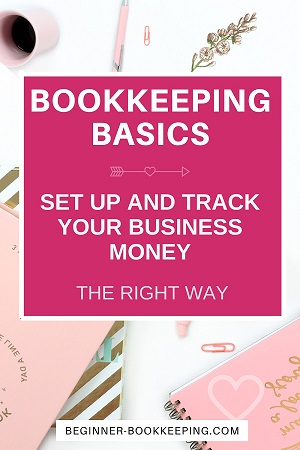
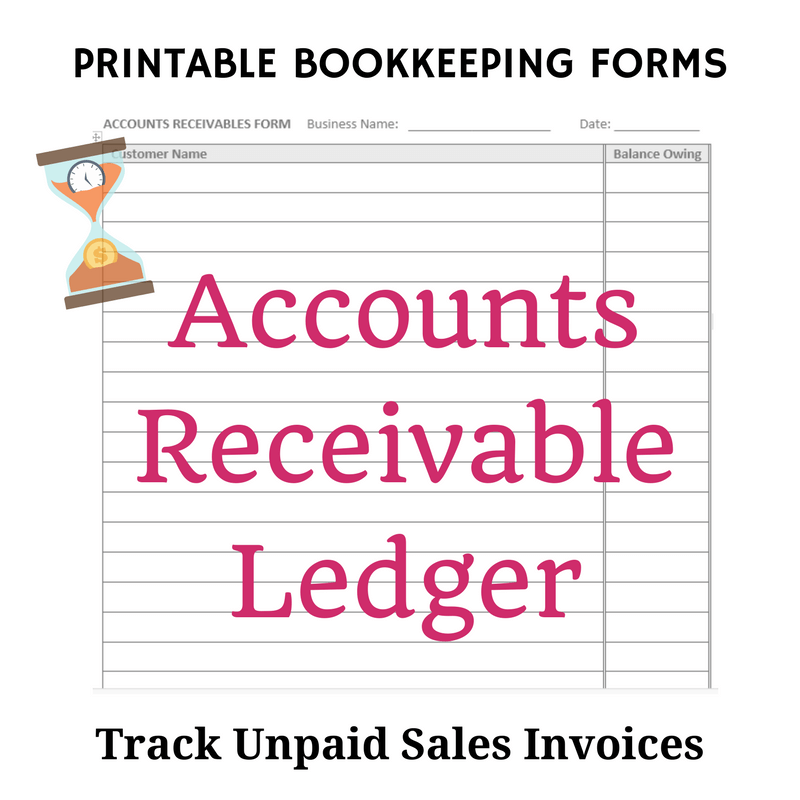



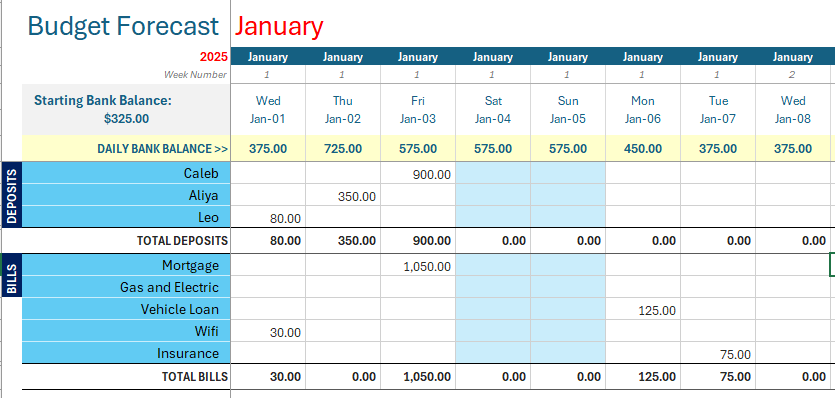
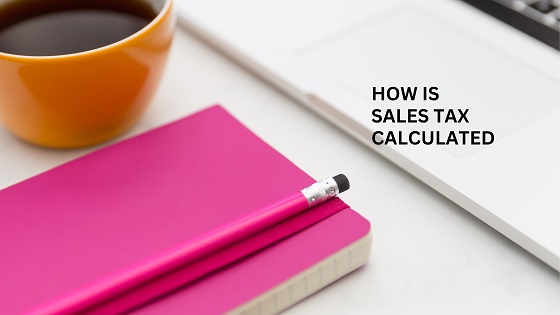

Facebook Comments
Leave me a comment in the box below.